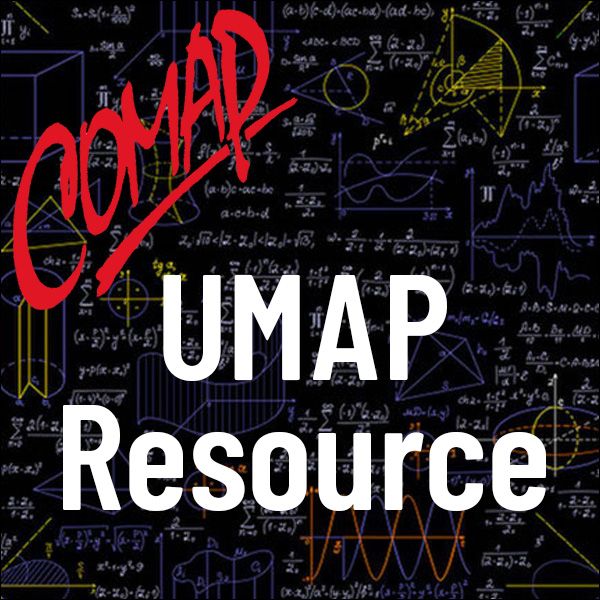The Mathematical Modeling Mindset
Author: Ben Galluzzo
More Than a Process
Two days after stepping into my role as Executive Director of COMAP, I found myself in a classroom at Pui Kiu College in Hong Kong, sitting with five secondary school modeling teams and their advisors. These students had recently competed in the International Mathematical Modeling Challenge (IM2C®), developing models to identify criteria for pet adoption. They were eager to share their experiences, and I was excited to understand how they approached their decision making. One student described how their family pet influenced the factors that they considered, while others spoke about the excitement of exploring different modeling approaches to tackle real-world problems. As they led me on a tour of their school, I was struck by how naturally they applied their modeling experience beyond mathematics, describing, for example, how it shaped their thinking while studying developmental biology in a lab setting.
That visit was just the beginning. In my first eight months at COMAP, I’ve met with educators, researchers, and students across different countries, regions, and states, each bringing a unique perspective on mathematical modeling. A Spanish colleague shared how her students, after competing in IM2C, were so inspired by the experience that they created their own local modeling contest for younger students. Closer to home, I felt a personal sense of pride when a former student reflected on her experience in the Mathematical Contest in Modeling (MCM®) within a social media post. She described how the competition wasn’t just about finding solutions but about leading, collaborating, and growing confident in the process itself. She recalled how, at first, she and her teammates hesitated to share ideas; but as the competition progressed, they began to challenge and refine each other’s models, ultimately producing a report that they were proud of, errors and all. Later, when she took an advanced statistics course, she recognized those errors; but instead of feeling discouraged, she connected what she was learning back to her modeling experience.

Mathematics Topics:
Application Areas:
You must have a Full Membership to download this resource.
If you're already a member, login here.